On February 8, the State Bank held a Real Estate Credit Conference. The conference was attended by 20 major real estate corporations nationwide.
The Deputy Governor affirmed that the State Bank only issued documents directing strict control of credit risks in some high-risk segments in real estate, speculative, large projects that are at risk of leading to bubbles, which can lead to systemic safety risks. Meanwhile, real estate credit serving home buyers is considered equal to other sectors of the economy , without any restrictions.
The State Bank believes that it can be seen that credit institutions are still providing credit to the real estate sector with high growth rates and large outstanding loans. For projects and feasible loan plans, credit institutions will provide loans in accordance with regulations.
According to the Deputy Governor, in recent times, the real estate market has experienced an imbalance in supply and demand, with an excess of high-end segments, a lack of housing for low- and middle-income earners, localized land fever, and violations by some enterprises issuing corporate bonds (TPDN) leading to a crisis of loss of confidence in this market... However, there is no story of the banking sector tightening credit in this sector.
Citing this, the Deputy Governor said that the real estate credit growth rate is the highest among all industries and sectors and accounts for the highest proportion among all sectors. There are real estate enterprises that increase credit by more than 300%, and credit corporations that increase by 68-70% while the average credit of the whole economy only increases by 13-14%.
According to the Deputy Governor, credit for the real estate sector by the end of 2022 accounted for about 21.2% of total outstanding credit in the entire economy. In 2022, real estate credit increased faster than the general growth rate of the economy and the growth rate of this sector was high and accounted for the highest proportion among economic sectors.
The State Bank's leaders also said that outstanding real estate credit by the end of 2022 reached about 2.58 million billion VND, an increase of about 24.27% compared to the end of 2021, one of the highest growth sectors and accounting for a large proportion of 21.2% of total outstanding debt to the economy, the highest in the past 5 years. Of which, the main focus is on consumer/self-use needs such as real estate business increased by 11.5%, accounting for 31.28%; outstanding consumer/self-use credit increased by 31.1%, accounting for 68.72%.
In addition, by segment, outstanding loans for housing demand account for 62.19%, land use rights account for 20.66%, industrial parks and export processing zones account for 2.67%, housing and association houses account for 0.71%, and others account for 13.77%.
At the conference, most real estate businesses said that the difficulties and problems of the real estate market mainly focus on issues related to legal procedures, investment procedures, and bond capital sources.
Mr. Le Hoang Chau - Chairman of the Ho Chi Minh City Real Estate Association said that the biggest difficulty for real estate enterprises in accessing credit loans is "legal problems" accounting for 70% of the difficulties of real estate enterprises. Next is the problem of "individual corporate bonds due" and credit loans due, which entail the risk of turning into "bad debt" or "jumping into a worse debt group" because enterprises have credit loans that are about to mature and if not extended, they will be classified into the "bad" debt group, enterprises with overdue credit loans can be "jumping into a group" to the "worse" debt group... In addition, Mr. Le Hoang Chau also said that home buyers are currently having difficulty borrowing credit capital.
Mr. Pham Thieu Hoa, Chairman of the Board of Directors of Vinhomes, pointed out some difficulties in accessing bank capital. In particular, regarding interest rates, real estate is subject to a high risk coefficient of up to 200%, leading to higher interest rates than normal loans.
However, with projects having full legal basis, there will not be many risks, applying high risk coefficient will affect the interest rate of enterprises. In addition, limited lending room also causes interest rates to be pushed up.
Not only that, banks also require a higher collateral-to-loan ratio for this sector than for regular loans.
Mr. Le Trong Khuong, Vice Chairman of Hung Thinh Corporation and General Director of Hung Thinh Land, also said that capital mobilization from bonds is a very good source of money for businesses. However, this mobilization channel is currently facing a deadlock. To solve this difficult situation, Hung Thinh representative proposed that the State Bank expand the lending room so that businesses have capital for business and investment. In addition, debt extension is also a condition to support the next disbursement for businesses.
According to Mr. Le Trong Khuong, the current interest rate is at a very high level, which also affects the cost of products brought to the market. Therefore, it is recommended that the State Bank and commercial banks study interest rates to have a suitable level to support businesses in creating affordable products for people.
At the conference, representatives of banks also gave many opinions. According to General Director of Joint Stock Commercial Bank for Foreign Trade of Vietnam ( Vietcombank ), Nguyen Thanh Tung, in 2022, real estate outstanding loans at Vietcombank accounted for over 20% of total outstanding loans, real estate credit increased by 17%. Therefore, it can be affirmed that the bank did not let this sector lack room. Even outstanding loans of industrial park real estate increased 4 times.
“Right before this meeting, the General Directors of commercial banks met and agreed to reduce deposit interest rates to reduce lending interest rates in general and real estate lending interest rates in particular,” said Mr. Tung.
Regarding the opinions of businesses about the difficulty in accessing capital, Mr. Luu Trung Thai, General Director of the Military Commercial Joint Stock Bank (MB Bank), said that currently there are many situations where real estate businesses have large-value projects, but are stuck in their ability to pay.
The first reason is due to the design of financial problems, businesses often choose the easiest option to do, choose easy lending conditions so they do not manage cash flow, do not prioritize legal completion... In essence, it is easy at first, difficult later.
Second is the imbalance of supply. The demand for housing is very large, but the supply is 80% high-end products that people cannot access. Meanwhile, banks have to serve the majority of people.
Therefore, Mr. Thai believes that the structure of the real estate industry is not suitable. Solving this problem is difficult, but we need to look at the problem directly. If both sides agree, it will help us go further.
Representative of Vietnam Joint Stock Commercial Bank for Industry and Trade (VietinBank), Mr. Nguyen Hoang Dung, Deputy General Director, in charge of VietinBank's Executive Board, also said that real estate businesses need to "self-structure".
“Enterprises and banks are on the same boat. “We must row together, we must be very calm, if we row out of rhythm we can sink.” However, debt restructuring for real estate businesses alone is not appropriate, because this is a market issue. If there is a specific mechanism for real estate, other industry associations will also demand debt restructuring, which will not ensure the principle of fairness between industries,” Mr. Dung commented.
In the coming time, to remove difficulties and obstacles for real estate enterprises, organizations and individuals when accessing credit, contributing to the development of a healthy real estate market on the basis of ensuring the safety of banking operations, the State Bank will continue to operate a monetary policy firmly, proactively, flexibly and effectively, in coordination with fiscal policy and other macroeconomic policies to contribute to stabilizing the macro economy, supporting economic growth, creating conditions for economic sectors and fields; including the real estate sector to grow and develop stably and sustainably in accordance with the policies and orientations of the National Assembly, the Government and the Prime Minister.
At the same time, the State Bank directs credit institutions to increase credit growth safely and effectively, ensuring capital supply for the economy; including the real estate sector, focusing credit capital on projects, feasible loan plans, ensuring legality, projects that can be completed, put into use soon, have good consumption potential, repay loans fully and on time, meeting the real demand for housing. In addition, reduce operating costs, administrative procedures; improve credit quality, do not loosen credit conditions to minimize bad debt.
The State Bank also affirmed that it will continue to direct credit institutions to control credit risks for the high-end real estate segment with excess supply; speculative business, price manipulation, and market manipulation; control the level of credit concentration on a number of large customers/customer groups, customers related to major shareholders, related persons of shareholders of credit institutions, etc., to ensure the safety of banking operations.
In particular, the State Bank emphasized the need to review and coordinate synchronously with ministries and branches to perfect legal regulations to support the sustainable development of the real estate market while controlling risks and ensuring the safety of credit institutions' operations./.
Source link












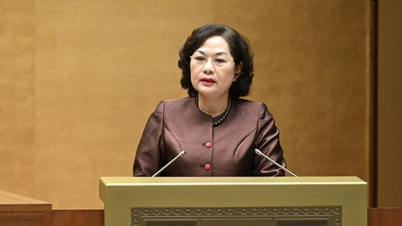

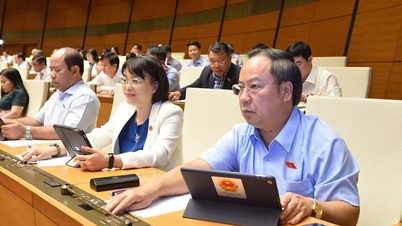



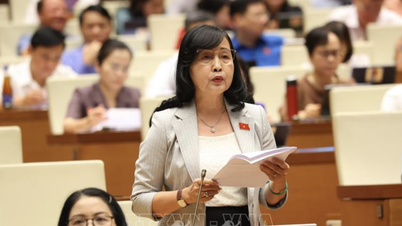







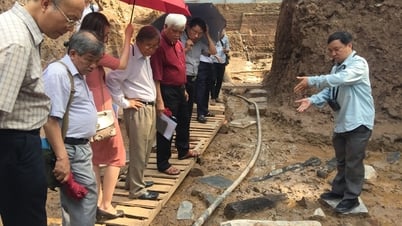


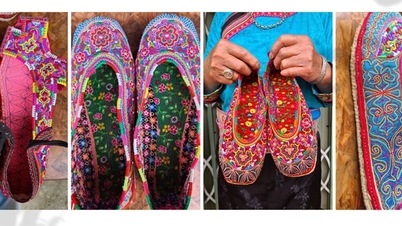














































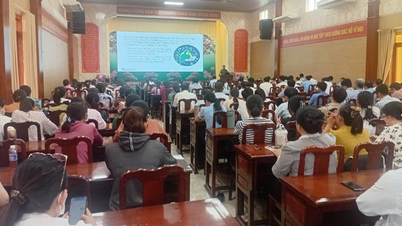



















Comment (0)